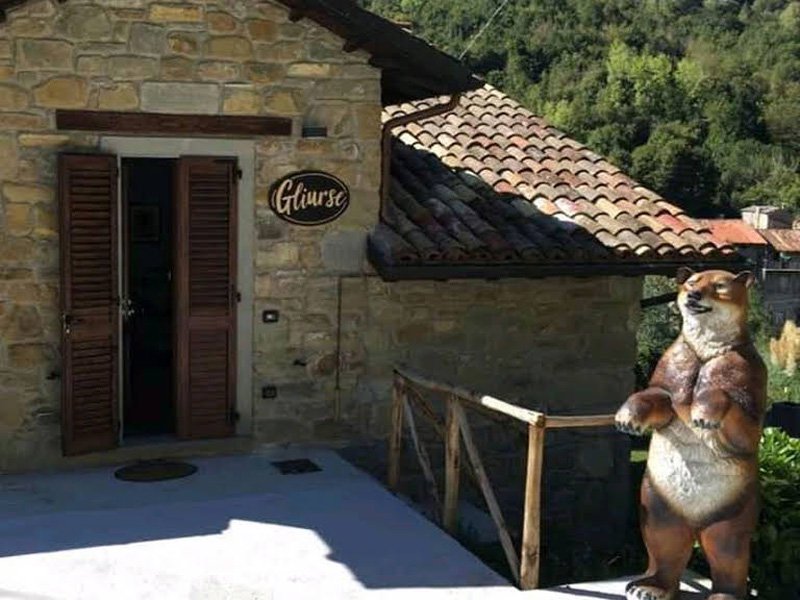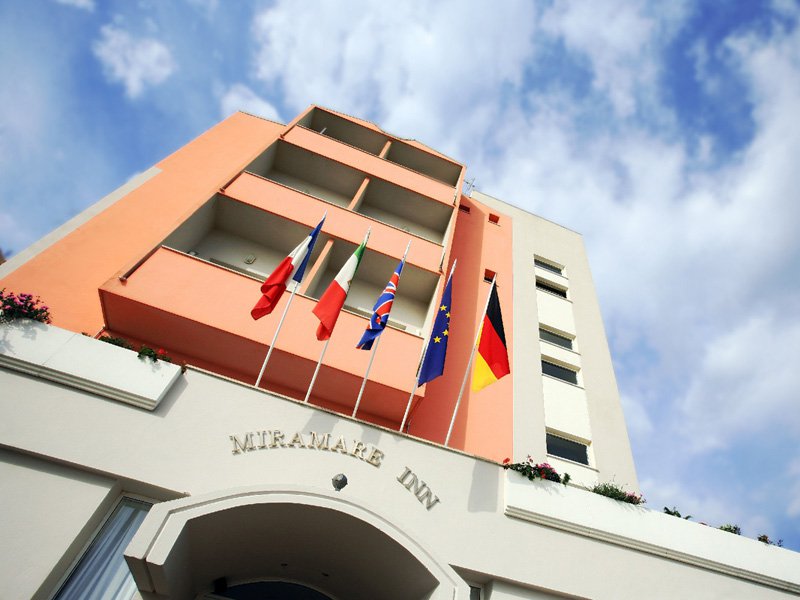Find out Arquata del Tronto
Notice:
the info below was drawn up before the earthquake of 08.26.2016.
The village and its hamlets are still under reconstruction (the hamlet of Pretare was almost razed to the ground by the seismic event) and many of the on the inhabitants there are still guests in various municipalities of the valley.
Info
The territory of Arquata del Tronto, the city of the Two Parks, is located within the Sibillini Mountains Park and the Gran Sasso and Monti della Laga Park, on the border with 3 regions: Abruzzo, Lazio and Umbria.
Arquata del Tronto with its recently restored fortress dominates the SS Salaria from which it can be reached from both Rome and Ascoli Piceno, while behind it, towards the north, stands the imposing Monte Vettore.
The town of Arquata it is made up of twelve hamlets that have kept the aspect of the typical mountain settlements almost unchanged, giving the impression that time has stopped. The belonging of the territory of Arquata to the Sibillini and Monti della Laga Park has transformed its economy, as indeed to the whole mountain territory. In addition to the production of truffles, mushrooms, legumes, chestnuts, brook trout and sheep meat, tourism has also been added. Vacationers are offered the opportunity to practice several mountain sports such as trekking, paragliding, mountaineering, alpine and cross-country skiing and to taste the dishes of the local gastronomic tradition.
History
The first historical information on the existence of Arquata dates back to the Roman era. From what is reported in the "Tabula Peutingeriana" (dating back to the third century AD) it is almost certainly the inhabited area of "Surpicanum". The fortress of Arquata (13th century) shows the strategic importance of the village in the medieval period. Linked to the city of Ascoli, in the 15th century it passed into the hands of Norcia and, in the Napoleonic era, into the jurisdiction of Spoleto. In this period the fortress was further restructured and fortified. Subsequently, the Papal State will bring it back into the orbit of Ascoli.
To be seen
Castello di Arquata
The fortress of Arquata dates back to the 12th century, but was fortified and modified between the 14th and 15th centuries. It is detached from the inhabited center joined only by the city walls, of which a short stretch remains and Porta S. Agnese. It consists of three towers: one with a circular plan of which few remains remain, one with a square base and the other with a hexagonal base, both well preserved and crowned by a dovetail battlements. A wall enclosure delimits a small internal courtyard possibly used for the soldiers' quarters. It is also said that Queen Giovanna d'Angiò of Naples was hosted in the fortress with her court.
Church of S. Francesco - Fraz.Borgo
Composed of two naves, the church is rich in both wooden furnishings, such as the ceiling, pulpit, choir loft and confessionals dating back to the 16th and 17th centuries century, and pictorial as: the Madonna del Rosario, of Roman art, on canvas and the "Transit of S. Giuseppe and S. Carlo Borromeo" in the manner of Maratti, also on canvas. It also preserves a 16th century wooden statue of St. Anthony of Padua and a fresco of the Madonna and Child by a follower of Cola d'Amatrice.
Church of S. Agata di Spelonga - Fraz. Spelonga
Built in the 15th century, it houses various works: Madonna and Child in terracotta by Sebastiano Aquilano from the 16th century, the Madonna of Loreto from 1483, S. Agata and S. Leonardo, S. Bernardino dated 1482 and three other figures of saints, frescoes almost certainly made by Panfilo da Spoleto. Dated 1544, there are three frescoes depicting Christ enthroned, Angels and an Allegory of the purification and salvation of the dead, which perhaps were parts of a single work. Some of these 15th and 16th century frescoes come from the demolished church of S. Maria in Collepiccioni, such as the carved walnut altar dating back to 1631. Inside, to the right of the main altar, part of a Turkish flag is preserved. tradition has it that it was taken from the enemy by a group of inhabitants of Spelonga, who participated in the battle of Lepanto (1571).
Church of SS. Annunziata
Inside this church there is a wooden crucifix from the 13th century. The work was carried out by two Benedictine monks, Raniero and Bernardo, and was originally located in the church of S. Salvatore di Sotto in Ascoli. It was stolen in the sixteenth century. during one of the many fights between Ascoli and Arquatans.
Church of the Madonna del Sole - Fraz. Capodacqua
The church, built in 1528, is octagonal in shape. Inside it preserves sixteenth-century frescoes by various local authors including the Assumption of the Virgin.
Church of the Madonna della Neve - Fraz. Faete
Sixteenth-century frescoes in the style of Alamanno and Panfilo da Spoleto.
Church of S. Silvestro - Fraz. Colle
Frescoes from 1511.
Church of S. Matteo - Fraz. Faete
Fresco of Madonna with Child, Saints and Pietà attributed to Panfilo da Spoleto.
Demonstrations
Festa Bella and commemoration of the Battle of Lepanto
This triennial commemoration (last edition 2001) takes place in Spelonga, a hamlet of Arquata, in memory of the Battle of Lepanto (1571) in which the Christian fleet defeated the Ottomans. One hundred and fifty inhabitants of Spelonga participated in that event, who managed to conquer a part of a Turkish flag, which is kept in the church of S. Agata. So every three years about 150 Spelongans go to the Monti della Laga, cut down a fir tree of at least thirty meters and transport it to the town square. This will become the mast of a Turkish ship which will be built around the trunk on top of which a copy of the original Turkish flag will be placed.
Fiera del Perdono
Descent of the Fairies from Mount Carrier.
It takes place every three years (last edition in 2000) on the occasion of the Feast of St. Rocco in Pretare, hamlet of Arquata. Legend has it that the fairies were wonderful creatures in the service of the Sibyl, with female features but with goat legs. They went down to the village at night to cheer the shepherds who lived there but ran away at the first light of day so as not to reveal their double features. Until a knight defeated the Sibyl and her magical powers, freeing the fairies from the spell that married the shepherds and gave birth to Pretare.
At the Court of Queen Giovanna
The re-enactment consists of a procession that, starting from the Castle, descends to the place of the banquet which is celebrated every year in honor of the queen, among songs, ancient libations, dances and sounds. It takes place in Arquata, coinciding with the Quintana, to remember, as tradition tells, the stay at the castle of A. of Queen Giovanna d'Angiò.





